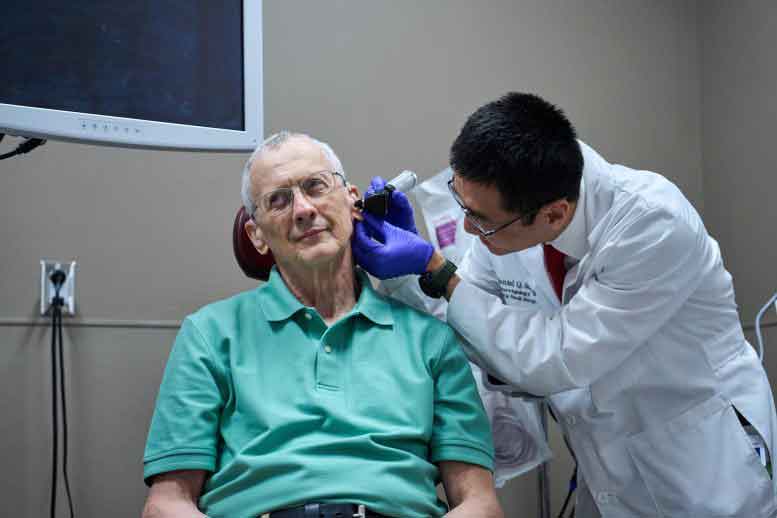Breakthrough in Hearing Loss: How Magnetic Nanoparticles Are Restoring Sound!
magnetic nanoparticles hearing loss treatment
Magnetic Nanoparticles: A New Approach to Treat Hearing Loss
Research funded by the NIH delves into the use of magnetic nanoparticles for a noninvasive, targeted approach to treating hearing loss.
Effective drug delivery is crucial for treatments to reach the intended areas of the body, yet developing such a system for hearing loss has posed substantial difficulties.
Dr. Daniel Sun, from the University of Cincinnati, has secured a grant exceeding $1 million from the National Institutes of Health’s National Institute on Deafness and Other Communication Disorders. His research focuses on utilizing magnetic nanoparticles as a vehicle to transport medicines directly to the inner ear for hearing loss treatment.
magnetic nanoparticles hearing loss treatment: The Challenges of Treating Hearing Loss
Currently, the only FDA-approved treatment for hearing loss involves steroids, which often prove inadequate. Moreover, delivering medication into the inner ear—the site where hearing loss occurs—remains a significant challenge.
“There’s a wealth of promising medications in development that could revolutionize hearing loss treatment, offering the potential to delay or even reverse its progression,” said Sun, the Myles L. Pensak, MD, Endowed Professor in Neurotology, director of the Division of Neurotology, and associate professor of otolaryngology at the University of Cincinnati College of Medicine. “However, we lack an efficient method to transport these medications into the ear.”

Magnetic Nanoparticles: A Potential Game-Changer
While magnetic nanoparticles have been explored as a drug delivery system in other medical fields, Sun’s work aims to tailor their design specifically for the inner ear’s complex anatomy.
“The objective is to create a minimally invasive solution, using a magnetic field to guide these nanoparticles precisely to the areas where hearing loss is occurring,” Sun explained.
Different forms of hearing loss—whether from aging, noise trauma, or sudden onset—arise from distinct mechanisms, necessitating varying treatments. Magnetic nanoparticles could act as a customizable delivery mechanism, ferrying the appropriate drug tailored to each patient’s specific type of hearing loss.
“These particles, depending on their engineering, can transport a wide array of medications,” said Sun. “It’s vital that we develop a universal platform capable of delivering diverse medicines to target the full spectrum of hearing loss types.”
magnetic nanoparticles hearing loss treatment: Cutting-Edge Techniques and Future Aspirations
In collaboration with Dr. Donglu Shi from UC’s Department of Mechanical and Materials Engineering, Sun is also investigating the potential of lasers to activate these nanoparticles, enhancing their ability to penetrate the inner ear.
“We aim to meticulously design nanoparticles that are biocompatible and safe for both hearing and balance functions,” Sun said. “Concurrently, we are focused on ensuring they provide robust drug delivery capabilities. Our approach is to start from the ground up, understanding how these particles cross the membrane between the middle and inner ear, and how they can be precisely directed to the necessary areas.”
Looking forward, Sun envisions that advances in drug delivery systems, coupled with newly developed medications, could pave the way for a groundbreaking era in noninvasive hearing loss treatment.
“Our goal is to create a future where individuals, regardless of their age or health condition, can safely receive these treatments through a minimally invasive process that effectively addresses their hearing loss,” he said.
Sun initially received the grant during his tenure at Johns Hopkins University, transferring it upon joining the faculty at UC.







